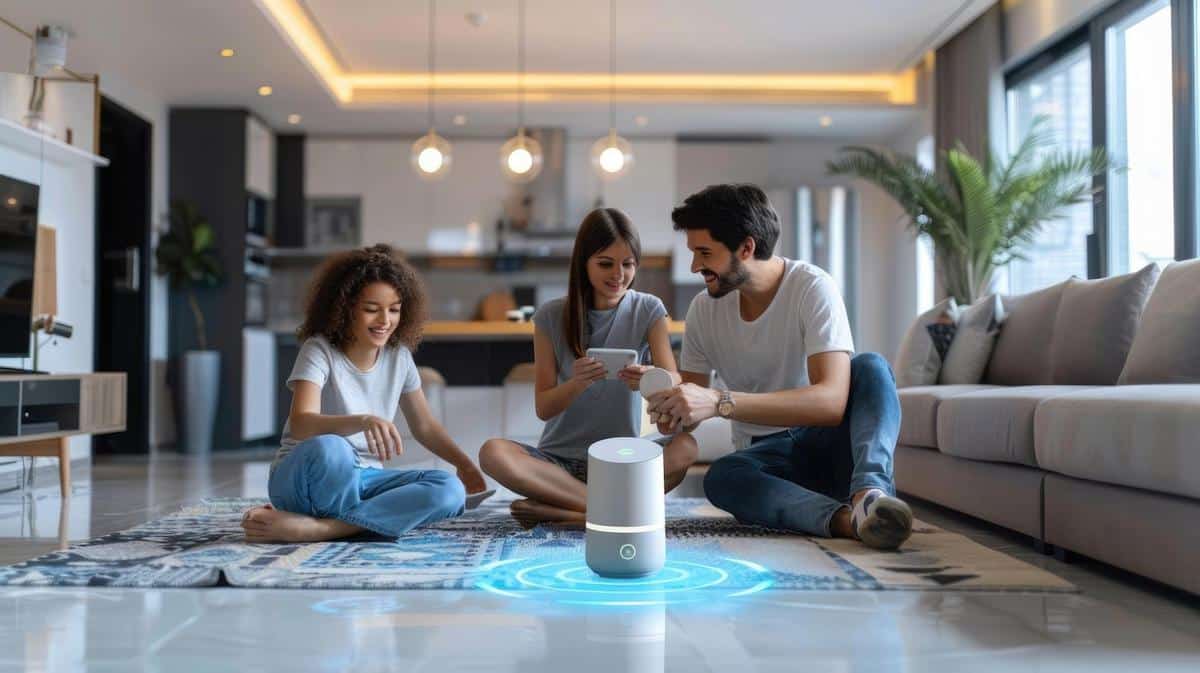
The Future of Home Automation: Trends and Predictions
Imagine a world where your home anticipates your needs, adjusting its settings to match your mood or schedule. Welcome to the future of home automation, a rapidly evolving field that promises to revolutionize our living spaces with unprecedented convenience and efficiency.
Understanding the Landscape of Home Automation
The concept of smart homes has moved beyond mere convenience to become an integral part of modern living. According to a report by Statista, the smart home market is expected to surpass $170 billion by 2025, driven by advancements in technology and increasing consumer demand for energy-efficient solutions.
Emerging Trends in Home Automation
One of the most significant trends is the integration of artificial intelligence (AI) and machine learning into home systems. These technologies enable devices to learn user behaviors and preferences, offering tailored experiences. For instance, voice assistants like Alexa and Google Assistant are becoming more intuitive, integrating seamlessly into daily routines.
Another trend is the rise of the Internet of Things (IoT), which connects various devices within the home ecosystem. This connectivity allows for greater control and automation, from smart thermostats that adjust temperature settings based on occupancy to refrigerators that manage grocery lists.
Expert Opinions
“The future of home automation lies in interoperability. As more devices become connected, the focus will shift towards creating systems that communicate and work together efficiently,” says Michael Brown, a technology analyst at TechRadar.
Personal Experience
Consider the experience of Mark, who recently upgraded his home with a comprehensive automation system. Mark’s morning routine has transformed; his coffee maker starts brewing as his alarm goes off, and his blinds open to let in natural light, creating a more pleasant wake-up experience.
Actionable Tips for Home Automation
- Start with a smart speaker or hub to centralize control over various devices.
- Invest in energy-efficient smart bulbs and thermostats to reduce utility bills.
- Consider security features, such as smart locks and cameras, to enhance safety.
Begin your home automation journey with small, scalable solutions that can grow as your needs evolve. This approach allows you to adapt to new technologies without overwhelming your budget.
Comparison Table: Popular Smart Home Devices
| Device | Function | Price Range | User Rating |
|---|---|---|---|
| Smart Speaker | Voice Control | $50-$200 | 4.5/5 |
| Smart Thermostat | Temperature Control | $100-$300 | 4.7/5 |
| Smart Bulbs | Lighting | $15-$50 | 4.6/5 |
| Smart Lock | Security | $100-$250 | 4.4/5 |
| Smart Camera | Surveillance | $50-$200 | 4.3/5 |
| Smart Plug | Power Control | $10-$30 | 4.5/5 |
| Smart Hub | Device Integration | $50-$150 | 4.5/5 |
| Smart Fridge | Food Management | $1000-$3000 | 4.2/5 |
Frequently Asked Questions
What is the primary benefit of home automation?
Home automation offers convenience, energy efficiency, and enhanced security by allowing users to control and automate various home functions remotely.
Are smart home devices secure?
While smart home devices offer many benefits, it’s essential to secure them with strong passwords and regular updates to protect against cybersecurity threats.
Can home automation help save on energy costs?
Yes, smart thermostats and energy-efficient appliances can significantly reduce energy consumption, leading to lower utility bills.
Conclusion
The future of home automation holds immense potential, promising to transform our interactions with living spaces. By staying informed about emerging trends and integrating smart solutions thoughtfully, homeowners can enjoy the benefits of a more connected, efficient, and personalized home environment. As technology continues to evolve, the possibilities for home automation are virtually limitless, making it an exciting field to watch.


